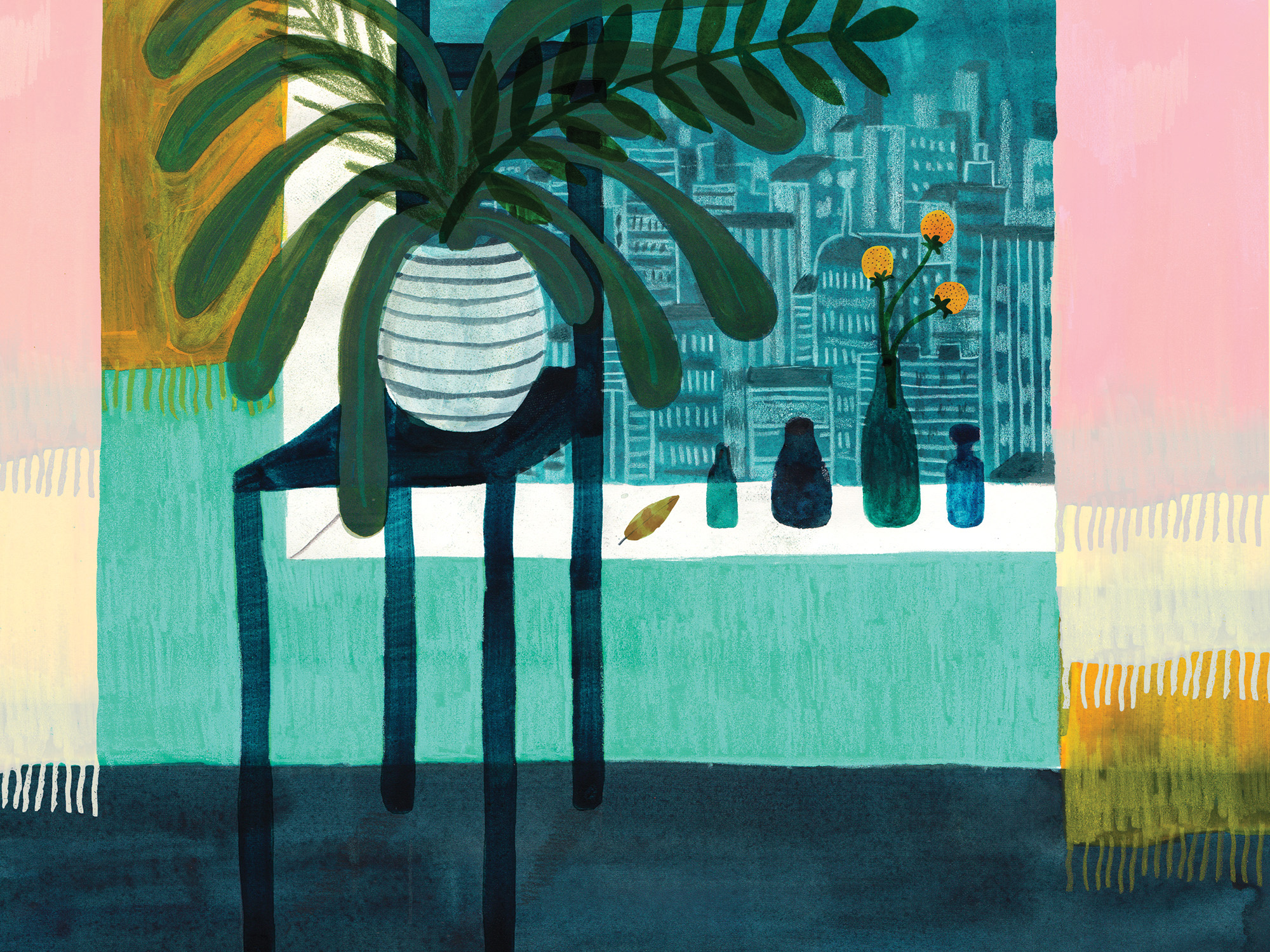Green and wellbeing are the new black, sitting is the new smoking

In the first of a series of occasional articles from The Fifth Estate, Australia’s leading business newspaper for the sustainable built environment, TFE’s editor Tina Perinotto looks at the trend towards green design and wellbeing in the US, and how walkability, holistic design thinking, and the Internet of Things just might be ‘the new black’.
According to the American Society of Interior Designers (ASID), green design and wellness are the new black, resilient design is on the rise and sitting all day at your desk is starting to look like the “new smoking”.
Reading through the 2015/2016 Outlook and State of the Industry Report is a fascinating glimpse into the trends that will seem normal five years from now. And if they’re happening in the US today, you can reasonably expect our part of the world won’t be far behind (maybe we’re leading in some areas). Some of the more informed industry leaders we speak to won’t be surprised about many of the trends. They might, however, be a bit taken aback with the “sitting is the new smoking” attitude, which is wrapped up in the new focus on wellness, the report says. Then again, the late Steve Jobs set the pace years ago with his penchant for taking his meetings while walking. Ahead of his time, as always (and such a sensible idea it would be good to see take off, without losing company time).
According to the report, this concentration on wellness is far broader than the absence of disease or infirmity. It’s more “the state of complete physical, mental, and social wellbeing”, a bit like the built environment moving away from being “less bad” to producing good. Designers need to respond by building in opportunities and prompts for movement physically as well as mentally through the exchange of ideas, the report finds.
Overall the news for sustainability is good. “In 2015, 40 per cent of interior design projects included green elements that were either requested by the client or suggested by the designer,” ASID says. And energy efficiency? No questions asked, it’s a no brainer. Both sectors said energy optimisation and providing a connection to nature were close to being the “new normal”. Technology will likely bring the whiz-bang changes that everyone expects (or fears). It’s “changing everything” the report says. On the cards are 3D printing, holograms, virtual reality, optimised building performance, the Internet of Things, wearable tech and crowdsourcing. The Internet of Things was rated as “one of the five fastest moving sub-trends overall and second fastest-moving trend”. This is the connectedness of everything from “the lock on your front door” to your fridge. In smart buildings, new systems were increasingly used to reduce energy, integrate various other systems, minimise ecological footprint, performance based metrics and constant monitoring.
The focus on performance of buildings would also be key to the new higher standards coming from US Green Building Council’s new version of its key rating system, LEED. The other big driver of sustainability in building was the government “requiring Energy Star, LEED Silver, or better for all new construction contracts”.
Materials transparency was another important area driving design, with requirement to disclose origins of materials, with labelling systems keenly pursued. The trend had not permeated the home market though, nor had sustainability in general. “Residential designers surveyed by ASID tend to place sustainability trends near the bottom of the curve, indicating that, while they recognise the trends exist, they’re not seeing them applied in practice.” Energy optimisation was the exception, and close to being the “new normal”.
Walkable neighbourhoods
In a fascinating angle, the report said it was the expectations of Gen Y and Millennials to have “access to information at their fingertips” that was filtering through to an expectation of having “walkable access to spaces in which to live, work and play has urbanites at the height of their game”. Another interesting sign was the convergence of residential and commercial real estate development, again part of the expectation of easy access between home and work.
ASID said the big macro trends were health and wellbeing, technology, sustainability, urbanisation, globalisation, and resilience. Chief executive of ASID Randy Fiser said the language was now around holistic design thinking, higher sustainability standards and the Internet of Things. “Designers are now expected to solve increasingly complex problems – designing office spaces that encourage health and wellbeing, integrating multiple generations in one home, minimising the environmental footprint of a new hotel, or creating retail spaces that utilise the latest technology in an effort to maximise profits.”
This article was originally published on 29 July 2015 on The Fifth Estate, Australia’s leading business newspaper for the sustainable built environment. Through a partnership with TFE, we’ll be republishing articles from time to time here on AP. Many thanks to Tina Perinotto and The Fifth Estate.
Illustration by Marc Martin for Assemble Papers.